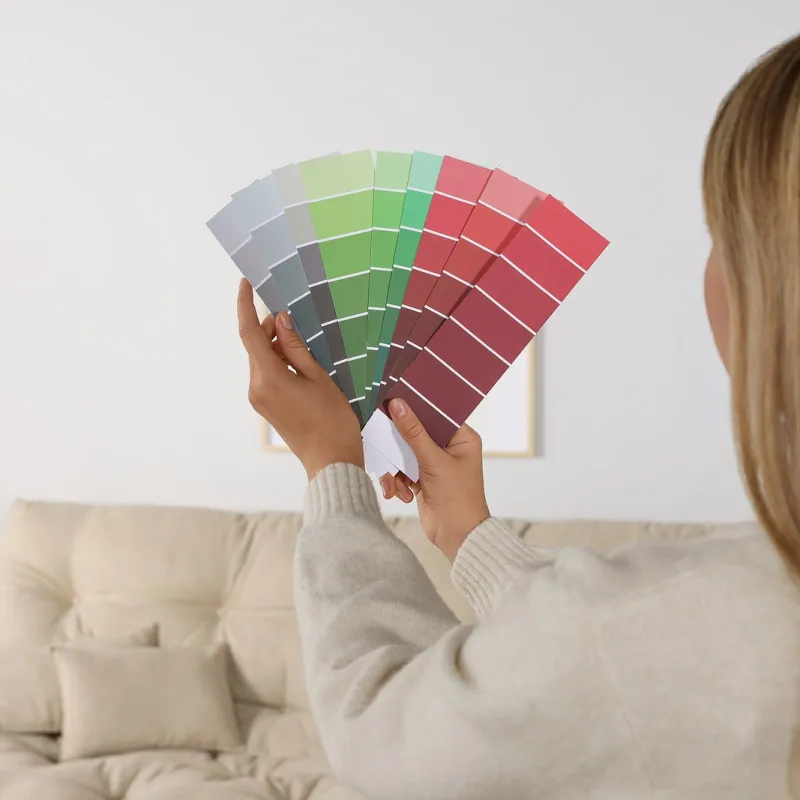Wall paint color has a significant impact on our mood and behavior. We often don’t realize it, but the colors around us can affect our emotions and behavior on a subconscious level.
Different colors evoke different emotions. For example, red is known to increase energy levels, while blue is associated with calmness and relaxation. These responses are natural, universal, and can be seen across different cultures and backgrounds.
Colors can also affect the way we perceive space. For instance, light colors create an illusion of bigger and open spaces. On the other hand, dark colors can make a room feel cozy and intimate.
Let’s take a look at some of the most common wall paint colors, their impact on our mood, and how they can affect our behavior.
Blue:
Blue is a calming and soothing color. It’s often associated with water and the sky, which can create a sense of relaxation and serenity. Blue is also known to reduce anxiety, lower heart rate, and blood pressure, making it ideal for bedrooms, bathrooms, and living rooms.
Green:
Green is often associated with nature and growth. It’s a calming color that can help promote balance and harmony. Green is a great choice for spaces that need a little calmness, such as home offices, living rooms, and bedrooms.
Yellow:
Yellow is a cheerful color that evokes happiness and joy. It’s a great color for spaces that need an infusion of energy and liveliness, such as kitchens and dining areas. However, it’s best to use yellow in moderation as too much yellow can cause anxiety and over stimulation.
Red:
Red is an intense color that increases energy levels and can evoke excitement and passion. It’s best used in spaces where socialization is the main objective, such as dining rooms or gathering spaces. However, too much red can increase heart rate and blood pressure, causing agitation and stress.
Gray:
Gray is a versatile color that can be both calming and sophisticated. It’s a great choice for spaces that need a neutral backdrop, such as bedrooms, living rooms, and bathrooms. However, too much gray can create a sense of gloom and sadness.
In conclusion, the colors we choose for our walls can have a significant impact on our mood and behavior. It’s important to consider the purpose of the space and the emotions you want to evoke when choosing a color. By choosing the right color, you can create a space that promotes a positive and healthy lifestyle.








